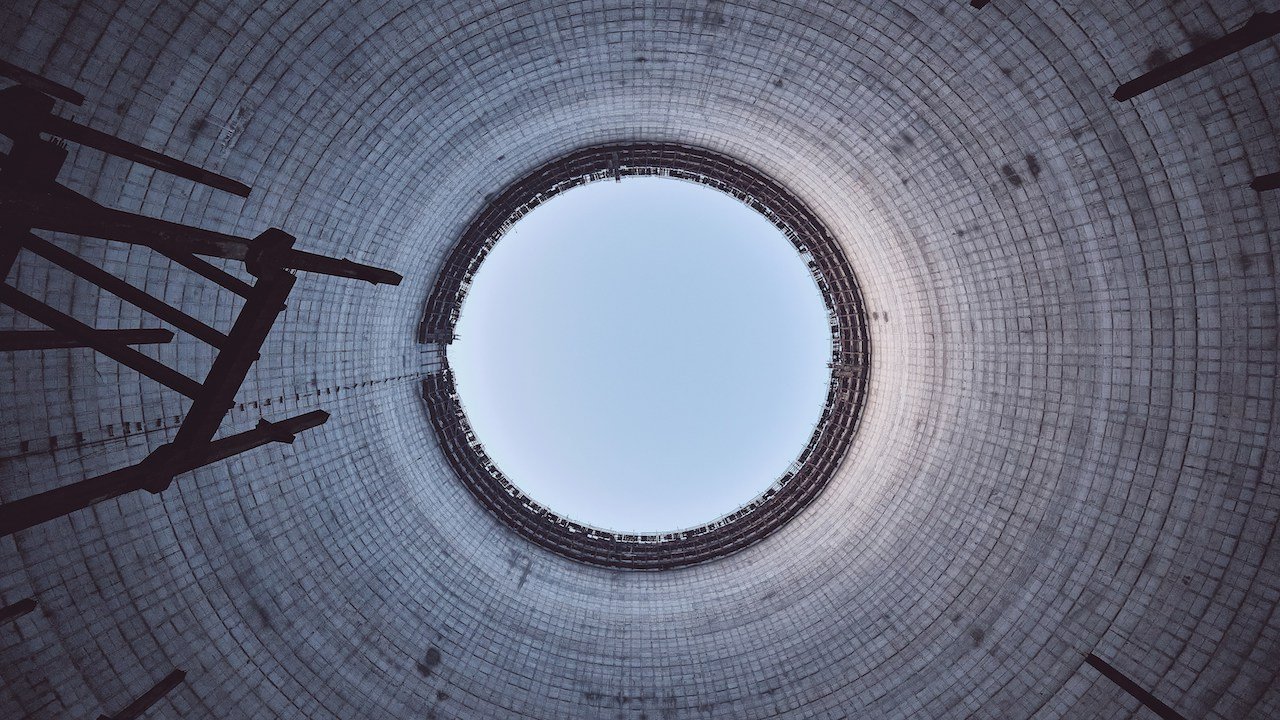Europe is entering a new chapter in which nuclear power is no longer just about climate targets or energy security, but a critical enabler for AI.
In February French President Macron touted France’s clean, reliable nuclear energy as a key draw for AI startups, cementing Paris' status as an AI hub.
Over in the US, partnerships between AI giants and nuclear startups like Constellation and Kairos have revived the sector, and Europe is scrambling to keep up.
Although most of today’s nuclear energy still comes from fission, hopes for a cleaner, more scalable supply now centre on fusion. The UK and America have seen significant breakthroughs in fusion over the past few years and reports say that France’s ITER plant is on track to produce plasma by 2026.
I asked Europe's flagship nuclear startups how they're taking advantage of this moment, and what's needed to meet Europe's ambitious target of tripling its nuclear energy output by 2050.
All bets on SMRs
Ultimately, it’s the feasibility of SMRs that have put nuclear energy back on the agenda. Russia, China and India are generating energy from their reactors as you read this, but the EU lags behind.
SMRs solve a few of the headline issues associated with nuclear power: they’re cheap and they alleviate the government headache of going ‘all in’ on a massive nuclear site. Though they produce a fraction of a larger reactor’s energy output, experts agree on their promise to replace coal plants that supply rural towns or to provide a backup for renewables.
Swedish Blykalla, which was selected for inclusion in the European Commission’s SMR Alliance in mid‑2024, told us that they're glad to see negativity dissipate around nuclear energy but material backing is needed.
“Funding is our number one ask, especially with regard to the demonstration of new technologies.” a Blykalla representative told Tech.eu. “We’re hoping to see national governmental action as a result.”
In April 2025, Blykalla signed a strategic collaboration with Norway’s Institute of Energy Technology (IFE) to accelerate development of SEALER’s core systems, instrumentation, autonomous controls and radiation shielding — critical steps to move the technology from prototype to commercial readiness.
A lost generation
Gaps in the nuclear workforce are a massive concern for nuclear projects and research across the continent. Two years ago, the French government were forced to fly in 600 people from the US and Canada to repair its nuclear plants; the UK is trying to double its number of nuclear apprentices and graduates and quadruple the number of specialist science and nuclear fission PhDs.
Wavering popularity of nuclear policies means that the incumbent generation of nuclear experts has now aged with no one in the pipeline to replace them.
Public awareness is front of mind for First Light Fusion, an Oxford-based spinout.
“Public bodies need to do more to educate the general population about fusion.”
said COO Ryan Ramsey, adding that these efforts are essential to secure a pipeline of nuclear scientists.
“We are moving into the era of commercialisation of fusion energy. Inertial fusion works – it now needs to be scaled and commercialised, and that means solving many of the engineering challenges that come with a first-of-its-kind fusion power plant.”
Banks on board
When signing The Declaration on Nuclear Energy, the UK, US, France, and others committed to repeal anti-nuclear clauses from banks' investment policies and start viewing nuclear as a viable, climate-aligned asset class. Still, private capital flows are often hesitant.
Stefano Buono, founder of Newcleo, said:
"National banks should be incentivised with government-backed subsidies and co-investment schemes."
Newcleo, which is developing lead-cooled fast reactors, regularly works with government and EU bodies to inform regulation.
Much hinges on the European Investment Bank (EIB), whose position sets the tone for the continent. While its statutes don’t forbid nuclear financing, opposition from shareholder states — chiefly Germany, with Austria even suing the bank in 2022 — has discouraged bold moves. So far, the EIB has only financed two nuclear-related projects, both tied to existing infrastructure.
New President EIB Nadia Calviño is overseeing a shift in the bank's approach to nuclear energy, particularly regarding small modular reactors (SMRs).
Buono yesterday criticised a "lack of support" from the British government, announcing that Newcleo would not be moving forward with a plan to develop SMRs in the UK and is relocating to France instead.
So, what's the state of play?
Eastern Europe is still surging ahead of Britain, France and Germany on nuclear energy, with Romania leading the way. But with the SMR at Doicești slated for completion by 2029, we are playing catch up on a vital asset for climate, AI and energy security.
At each conference I attend, there always one panel dedicated to Europe's reticence about risk and large investments. Neither investors nor governments will go all in. Europe's nuclear startups will continue to prototype, and Von Der Leyen will hold press conferences in front of staues of atomic structures.
But without further regulatory clarity, targeted public investment, and a serious commitment to rebuilding its nuclear workforce, they're hardly closer to being connected to the grid.
Feature image: Mick De Paola



Would you like to write the first comment?
Login to post comments